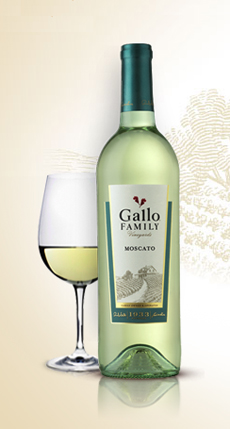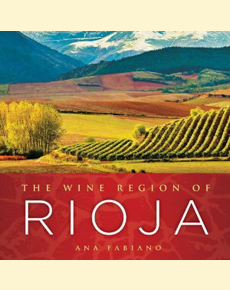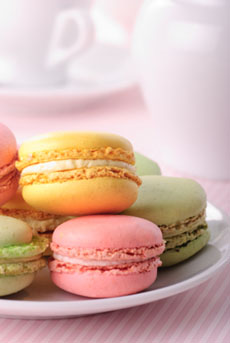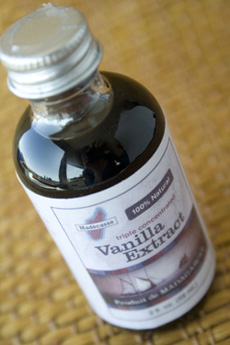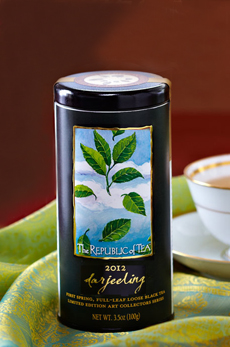|
Vodka. Use a good quality 80-proof vodka; it will make a more delicious extract. If you want to give the extract as a gourmet gift, using a prestige-name vodka may cost more, but will make a higher-perceived-value gift when labeled “Homemade Vanilla Extract With Grey Goose Vodka”).
Preparation
1. PREPARE JAR. Clean jar and implements with boiling water, to avoid any contaminants from impacting the extract flavoring.
2. PREPARE BEANS. With a damp cloth, wipe down the beans. Slit them lengthwise, leaving an inch at the top. The objective is to allow the flavorful seeds inside (the “caviar”) to macerate in the vodka, along with the whole pod.
3. ADD BEANS TO JAR. If you are using a jar that’s shorter than the beans, you can cut the beans in two-inch segments.
4. ADD VODKA & SHAKE. Don’t fill the jar to the rim; some water will leach out from the beans.
5. AGE & EXTRACT. Store the bottle in a cool, dark place. In 4 weeks, the vanilla will be ready to use in a pinch, but the extraction will continue to intensify the flavor for 6 months—the ideal time at which to use it. After that, the vanilla will continue to mature, like a fine wine, for years. The longer it ages, the more flavorful it will be.
6. BOTTLE. To give as gifts, use a coffee filter to strain into smaller bottles that have been washed in boiling water. Create your own label. You can include the type of vodka and the preparation and bottling dates.
7. GOING FORWARD. The vanilla beans are fully extracted after 6 months. They will dry out as the extract is used and they become exposed. You can remove the old beans and add new ones for more intense vanilla flavor; or you can start a new batch for gifting,
BOTTLES FOR GIFTS
If you start now, you can be giving your favorite bakers a holiday gift of homemade vanilla extract—made with a premium vodka, of course Here are four-ounce brown bottles. Start designing your label! |
